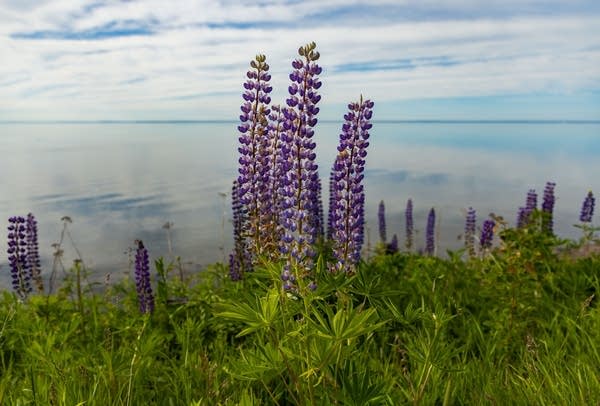Invasive lupine, a lovely lightning rod on Minnesota's North Shore

Lupine flowers along the shore of Lake Superior between Duluth and Two Harbors, Minn.
Derek Montgomery for MPR News
Go Deeper.
Create an account or log in to save stories.
Like this?
Thanks for liking this story! We have added it to a list of your favorite stories.


